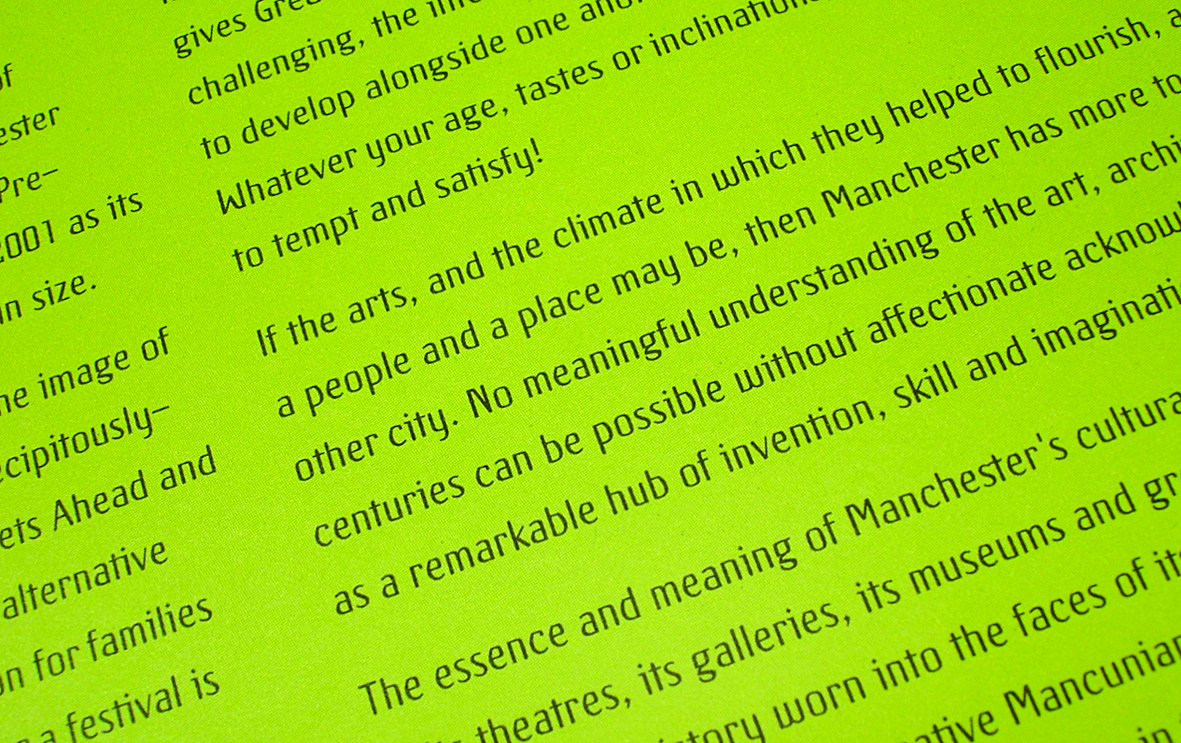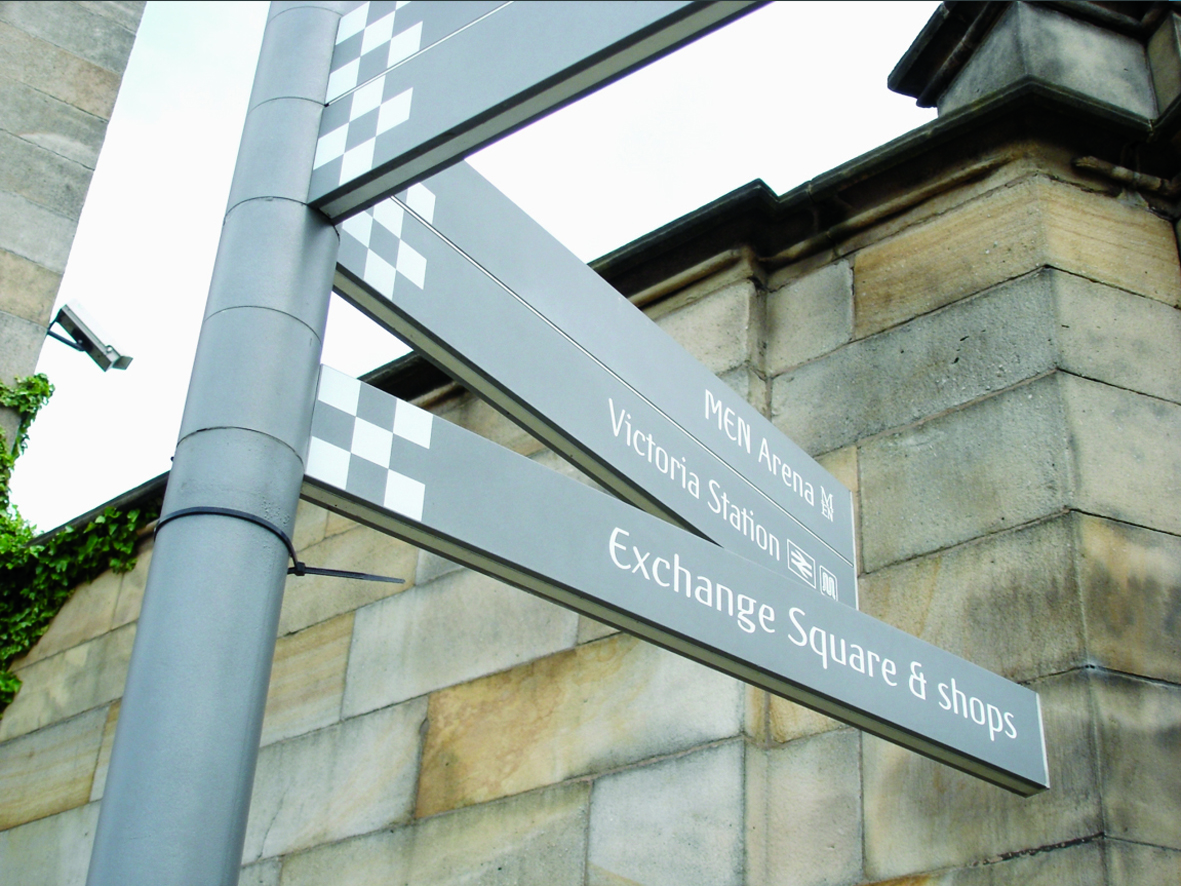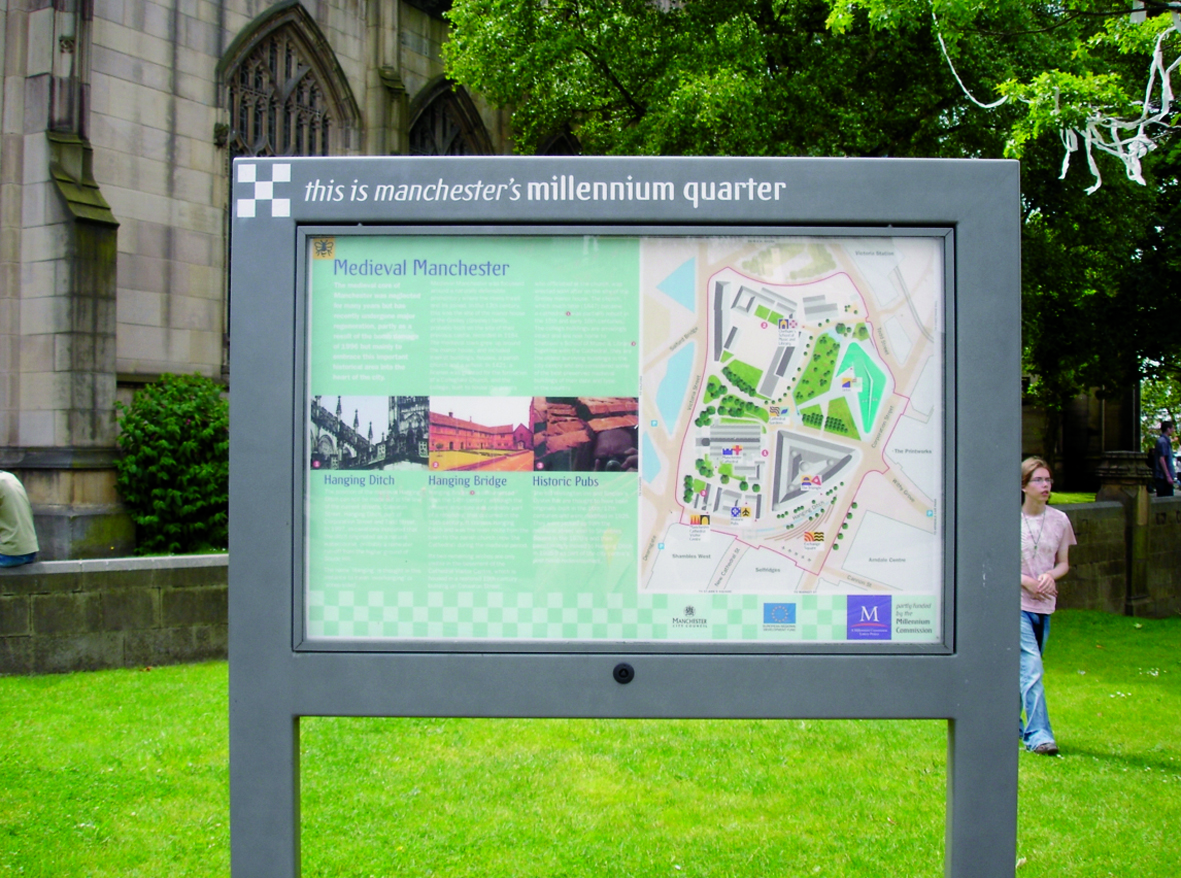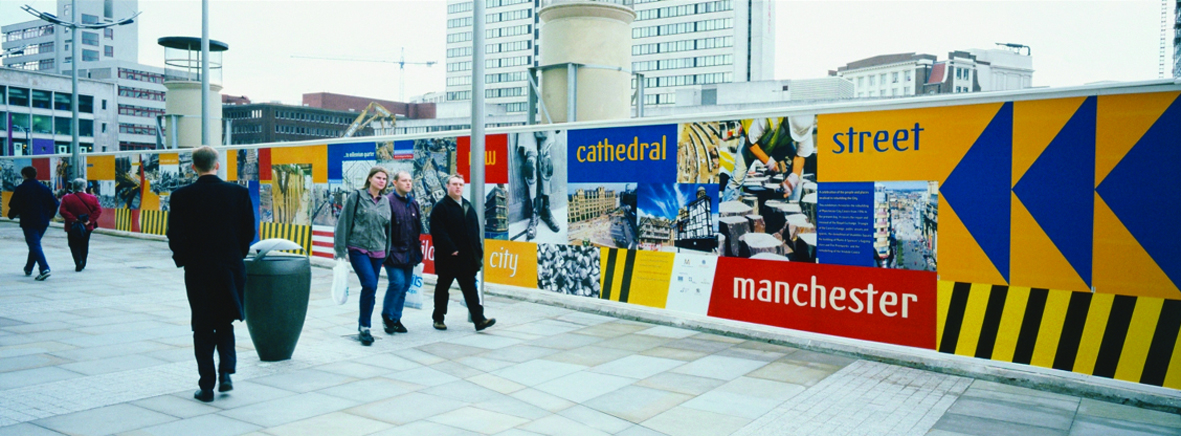Eric Tilley
Graduated – 1988
Profile
Eric has worked at a number of nationally and internationally renowned design consultancies, mostly in the identity and branding sector. ‘If I’m not following identity guidelines, I’m creating them,’ he says. This may appear restrictive, though has been anything but – the range of disciplines he has worked across covers everything from book design, packaging, TV and radio commercials, to corporate literature, exhibitions and web design.
Eric now runs his own practice, Tilley and Associates. He works with a number of design practitioners for a diverse range of clients, large and small and also lectures in Visual Communication at the University of Derby. He is passionate about typography and believes that every problem can be solved in this way
The Disciples of Design Q&A
How and where did you secure your first job?
I already had a job lined up for me in London (from my work placement the previous year), but I didn’t want to go back there. So I went to see the ad agency J Walter Thompson in Manchester after graduating – my first ‘interview’. When they asked me if I wanted to go into advertising or design, I said the latter and they suggested I went downstairs to see a new company Sampson Tyrrell (now part of The Brand Union) – a large London consultancy in the process of opening a Manchester office. I literally walked straight into my first job!
I realise I was very lucky. It was great to be working for a high profile London consultancy, but based in Manchester. Not only that, but Sampson Tyrrell Manchester was created by a ‘break-away’ from The Chase, so to be working with such talented designers as Bryn Jones and Jim Williams was a double bonus!
Do you think being a Preston student has benefited you in any way?
Yes. Ideas are paramount. The structure of the course and quality of the teaching played a significant role on my design thinking and future career. The fact that it provided a six month industrial placement brought a more professional edge to
all of us and, I believe made us more employable after graduating.
How has the industry changed over the years in your experience?
Significantly. The introduction of the Mac was a seizmic shift, so I have seen (and been part of) the change to digital. Development of the internet has also created more opportunities for designers. The design industry has expanded enormously – there are more agencies and consultancies, so competition for the work has increased greatly. It has always been competitive, but now even more so.
Where do you get your ideas from? Do you prefer collaboration or thinking alone?
I prefer to think alone initially, then share my ideas with other designers and colleagues. That’s when the magic starts – ideas are developed and other concepts come out of the blue.
What would you have done differently at University knowing what you know now?
I would have experimented a lot more – got mucky with lots of different media, materials and processes. Some of the most creative or challenging work you produce never sees the light of day because clients often choose the ‘safe’ option. That’s why college should be an opportunity for more risk taking with your design work. Learn the rules, and break them – but with a sound rationale.
What would you say has been the key to your success so far?
I genuinely enjoy what I do. When it all comes together and does the job it’s magic – even better when the client gives you a pat on the back, more work and a recommendation to someone else.
What do you look for in graduates and their portfolios?
Passion, imagination, creativity and craftsmanship.
Portfolio
Type Design - Manchester City Council






